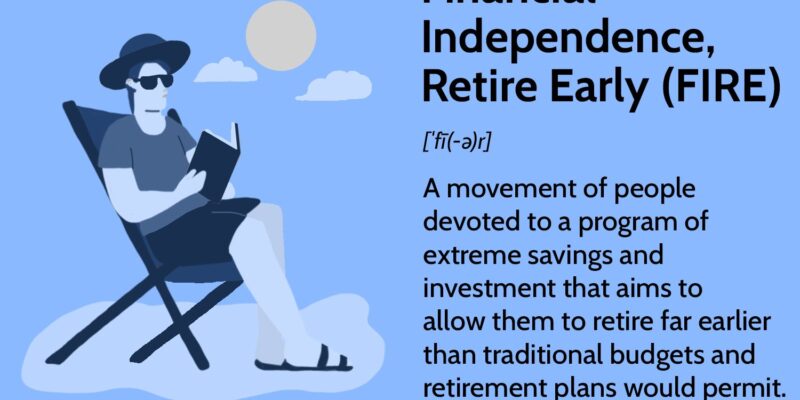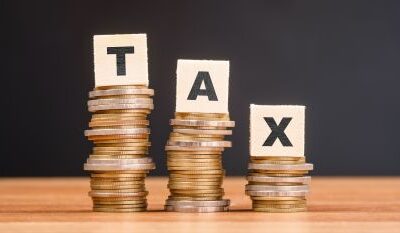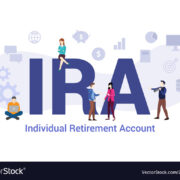
You may have heard people speak of it casually or have hyper focused goals to it.
FIRE (Financial Independence, Retire Early) is a lifestyle movement focused on achieving financial independence and retiring early. The movement emphasizes saving and investing a significant portion of one’s income in order to reach financial freedom as quickly as possible.
The concept of FIRE is based on the idea that if individuals can save and invest enough money early on in their careers, they can achieve financial independence at a younger age and retire earlier than the traditional retirement age of 65. To achieve financial independence, individuals typically aim to accumulate enough wealth to cover their living expenses without having to rely on traditional employment income.
The FIRE movement encourages individuals to live frugally, reduce expenses, and invest heavily in stocks, bonds, and other assets that generate passive income. By doing so, individuals can reach financial independence and retire early, allowing them to pursue other interests and activities without the need to work a traditional job.
While the FIRE movement can be challenging to achieve, it has gained popularity in recent years as more people seek financial freedom and a more flexible lifestyle.
What are the different types of FIRE (Financial Independence, Retire Early)?
There are different approaches to achieving Financial Independence and Retiring Early (FIRE), and while the underlying principles of saving, investing and reducing expenses remain the same, the methods and timeframes for achieving financial independence can vary depending on individual circumstances and goals. Here are a few different types of FIRE:
- LeanFIRE: This approach involves living a frugal lifestyle and reducing expenses as much as possible to achieve financial independence quickly. The goal is to have enough money to cover basic living expenses, without the need for a high-income job or a large nest egg.
- FatFIRE: This approach involves saving and investing a larger amount of money in order to achieve a more luxurious lifestyle after retirement. The goal is to have a significant amount of wealth to support a comfortable lifestyle, even if it means working longer or investing more aggressively.
- BaristaFIRE: This approach involves continuing to work part-time or in a low-stress job after reaching financial independence. The idea is to have enough passive income and investments to cover basic living expenses, while still earning a small income through work.
- CoastFIRE: This approach involves reaching financial independence early on in one’s career and then coasting by working in a less stressful, lower-paying job or taking a break from work altogether. The idea is to have enough savings and investments to cover basic living expenses, without needing a high-paying job to maintain the lifestyle.
These are just a few examples of the different approaches to FIRE. Ultimately, the key is to find a strategy that works for your individual circumstances and goals, and to consistently save, invest, and reduce expenses in order to achieve financial independence and retire early.










